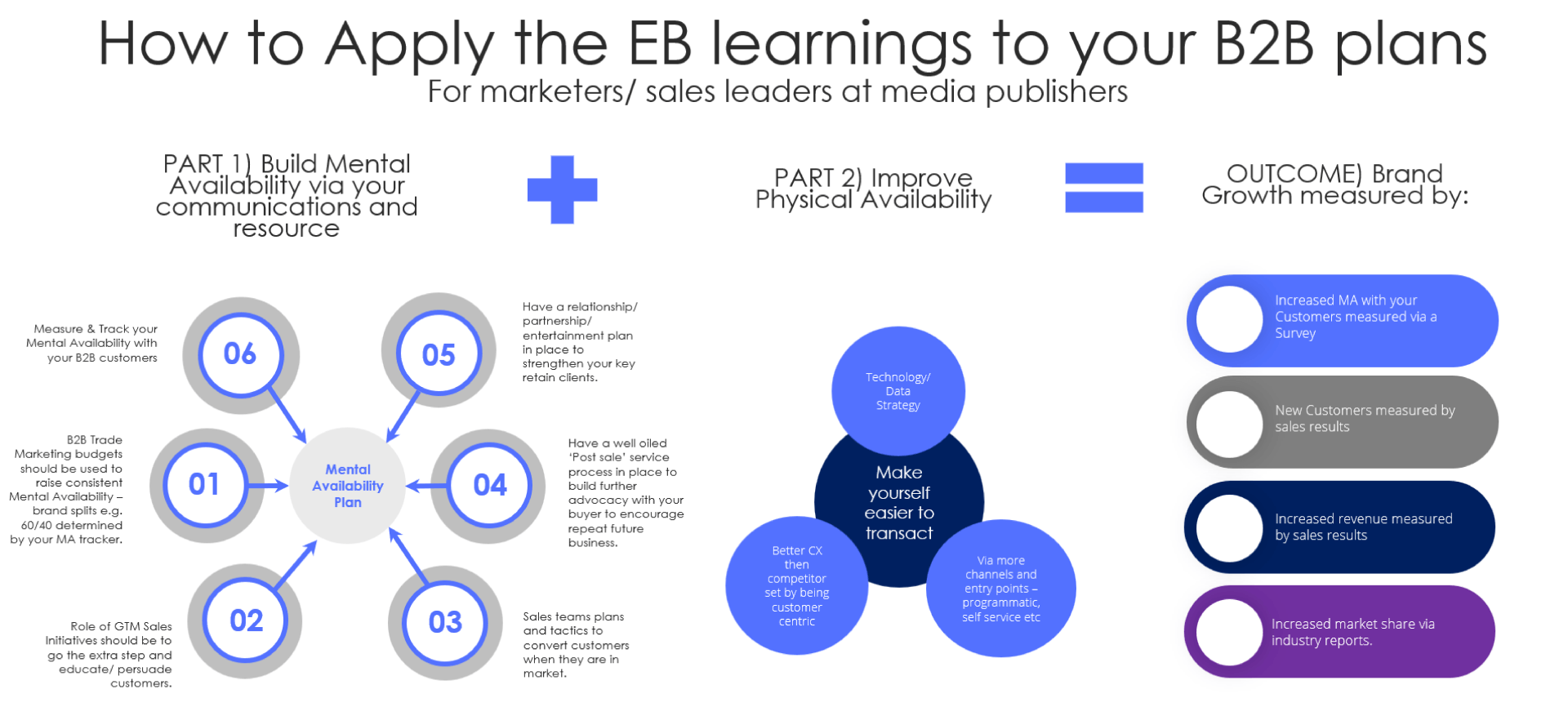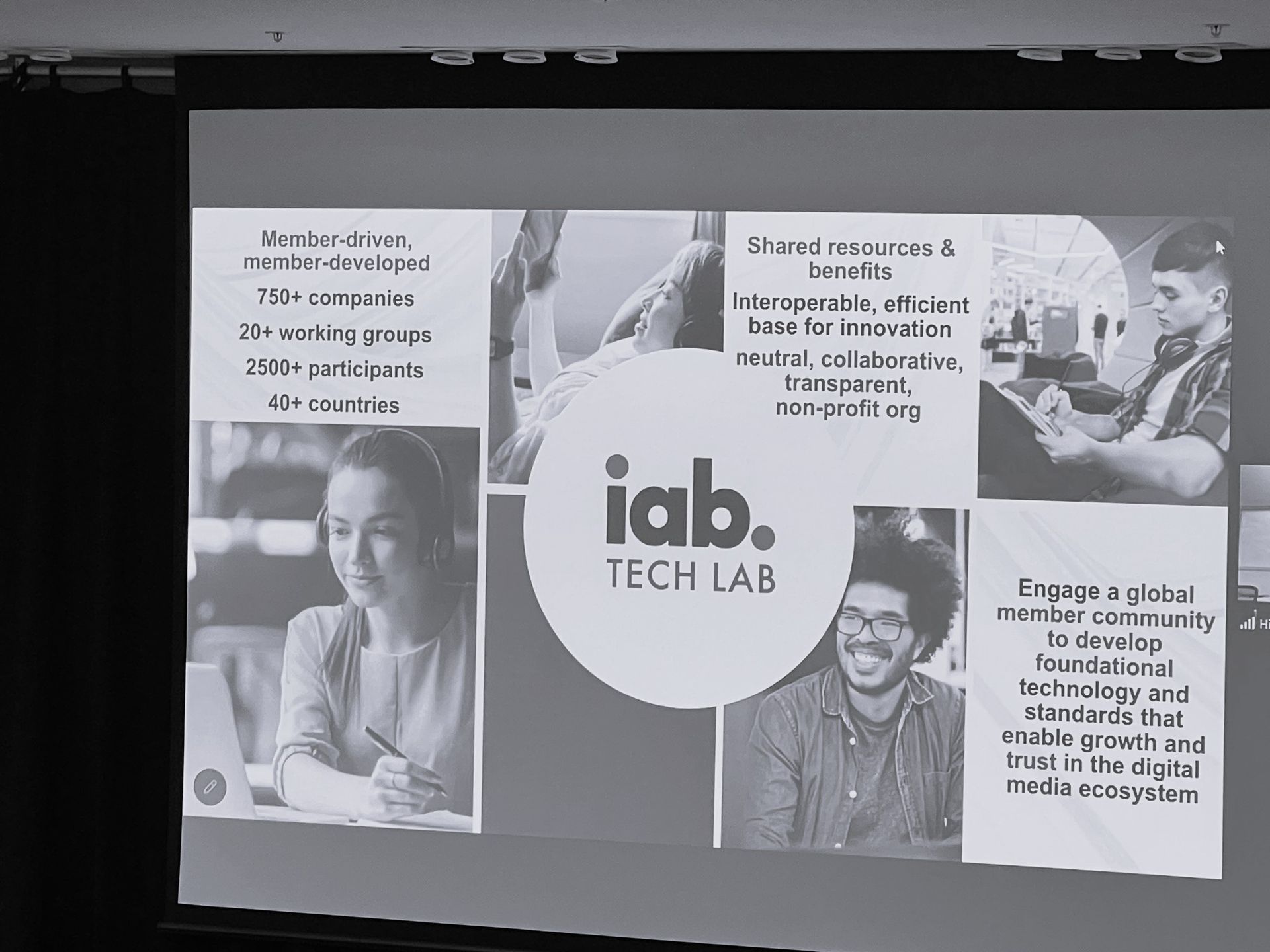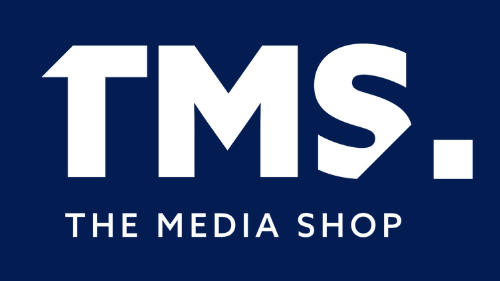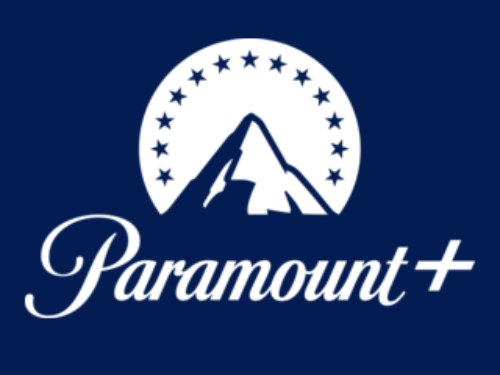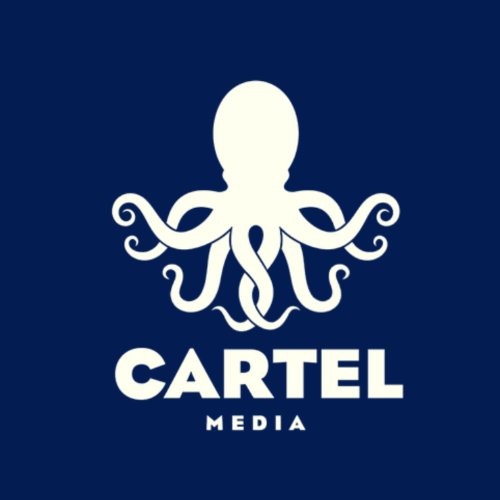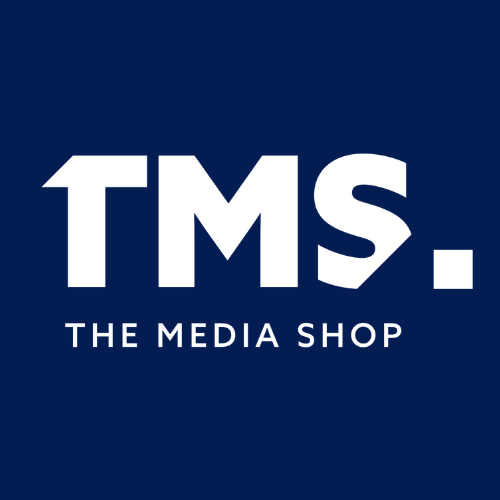How B2B Brands Grow by the Institute of Ehrenberg-Bass - Analysis & Key Learnings
Introduction:
The Ehrenberg-Bass (EB) Institute in partnership with the B2B Institute have published a white paper – ‘How B2B Brands Grow’. The research has been sponsored by LinkedIn. The paper is written by Jenni Romaniuk, Byron Sharp, John Dawes & Sahar Faghidno.The EB Institute (for Marketing Science) positions themselves as the home of evidence-based marketing. They became famous in 2010 when Professor Byron Sharp published “How Brands Grow” which challenged decades of perceived marketing best practise.
EB challenged the idea of brand love, effectiveness of loyalty campaigns & the practise of hyper targeting. They claim there is only “mental availability” & “physical availability” which translates that buyers preference brands who are top of mind & easy to find. The way to growth is acquiring new customers by targeting every category buyer, not by increasing brand loyalty. Brands compete via use of distinctive assets – logos, characters, colours. Advertising works by building and refreshing memory structures over time so you are top of mind at the purchasing moment.
While their laws have sparked much opinion, many large global brands like Coca Cola, P&G, Mars, Unilever etc have implemented their laws to great effect and are sponsors & supporters of the EB Institute.Their biggest challenge was the belief from the marketing fraternity that their laws can only be applied to B2C brands and that they would not work for B2B brands.
This white paper proposes that most of their growth laws still hold firm for B2B companies. The full white paper can be downloaded HERE.
It is a fantastic read with case studies and research centred about the Banking, Insurance and Technology B2B sectors.
However, if you don’t have time to read 64 pages of research then we have created a summary of the key learnings for B2B marketers with some recommendations on how to apply the laws. As we specialise B2B within the media industry we have highlighted some considerations with recommendations on how these laws can be used by the media industry.
Key Learnings for B2B Brands
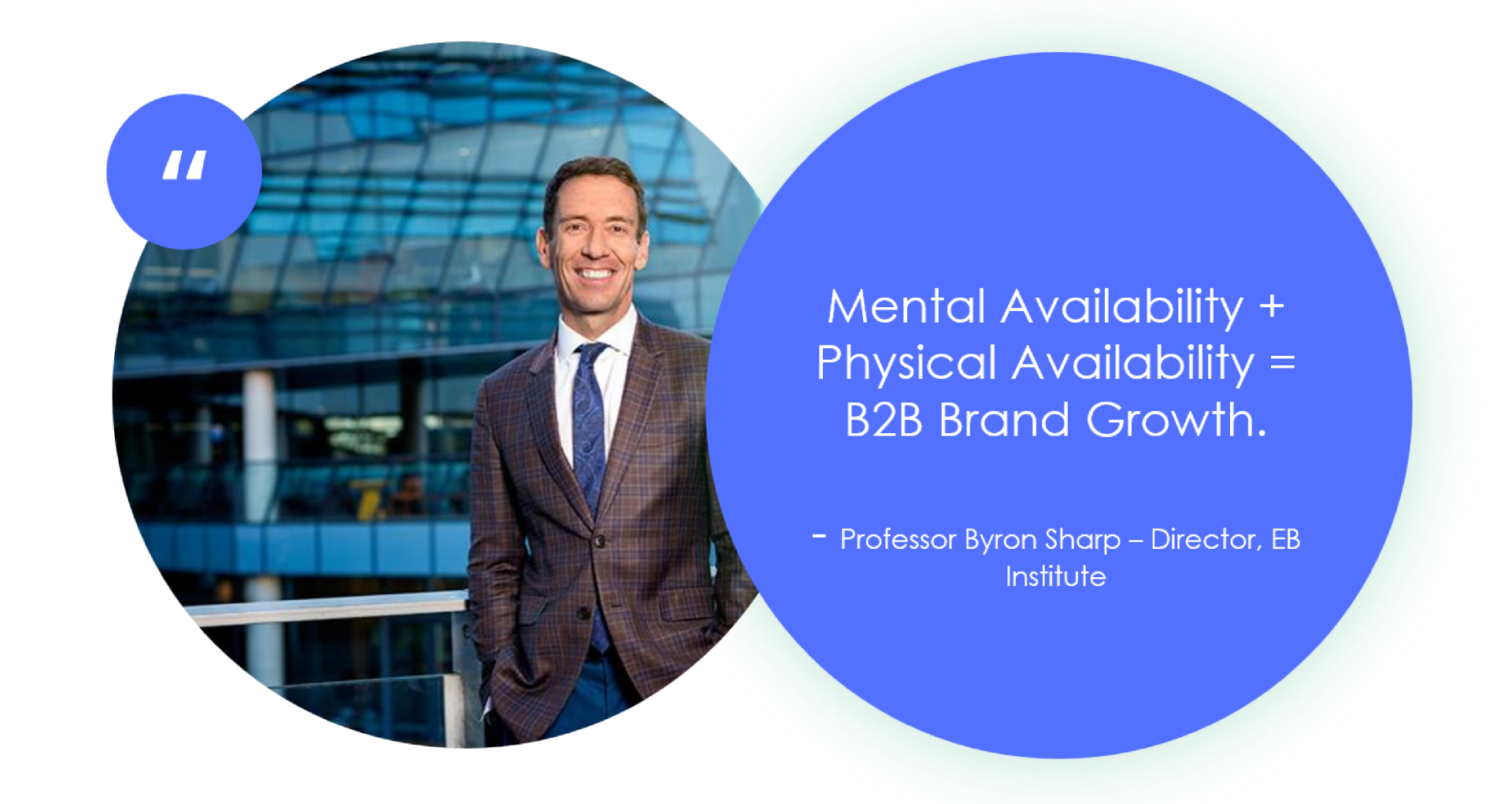
01 - Build Mental Availability, not Awareness
General awareness is great but that alone won’t build a brand. Brand’s grow when they readily come to a buyer’s mind in as many purchasing moments as possible defined as Mental Availability (MA).
MA requires marketers to become less brand/ product centric and more customer centric.
Failure to grasp the difference between brand awareness and MA is why so many brands struggle today. B2B advertising geared to persuasion assumes your audience is currently in a buying cycle. The goal of driving MA is all about getting them into the buying cycle with your brand top of mind.
A marketing strategy that optimises for MA does so by building more awareness, across more purchasing situations in the minds of more buyers.
Three tactics to achieve MA:
1) REACH
All category buyers
2) MESSAGE
Use creative messaging that links to different category entry points
3) BRAND
Use distinctive assets with heavy brand messaging.
High MA is measured by an audience being aware of a brand but more importantly knowing exactly what their products do and what they stand for.
Your results should increase your customer base, increase your sales volume & increase your market share (if you are achieving MA better then your competitive set).
02 - Prime Future Buyers with Brand Ads to Grow via a 95/5 rule
For B2B brands – on average only 5% of their buyers are in market for their brand/ products at one time.
Different to the B2C 60 Brand/ 40 Performance rule – EB recommends B2B marketers should invest 95% into brand because you should invest in priming potential buyers so their memory links are activated when they enter your market.
This familiarity is built over time with consistent messaging that is targeting all category buyers.
03 - Ignore overcoming brand perception that leads to rejection
Brand rejection is rare, but because no one likes negative reviews it can lead marketers astray.
There is more growth opportunity in acquiring new customers vs trying to overcome a small % of customers who have rejected you in the past.
Stop imagining why people might not like your brand & instead focus on building mental structures with as many category buyers as possible.
04 - Aim to steal mindshare & customers from your biggest competitors.
In most cases you will share customers with your competitors.
The Duplication of Purchase Law highlights that no brand has a lock on its customer base, and all category buyers could become your customers.
Growth will come from gaining more customers from other brands – more will come from bigger competitors than smaller ones.
Existing customers of competitor brands presents an opportunity to understand their current mindset.
Don’t get distracted by smaller look a like competitors unless they are getting way more share then they deserve.
05 – Reach Future Customers to Grow
The Double Jeopardy law suggests the best way to growth is via new customer acquisition – loyalty metrics don’t move the dial as effectively.
Highlights importance of your MA strategy working in parallel with your Physical Availability strategy. You want to make it easy for non customers to think of you and then find and buy you.
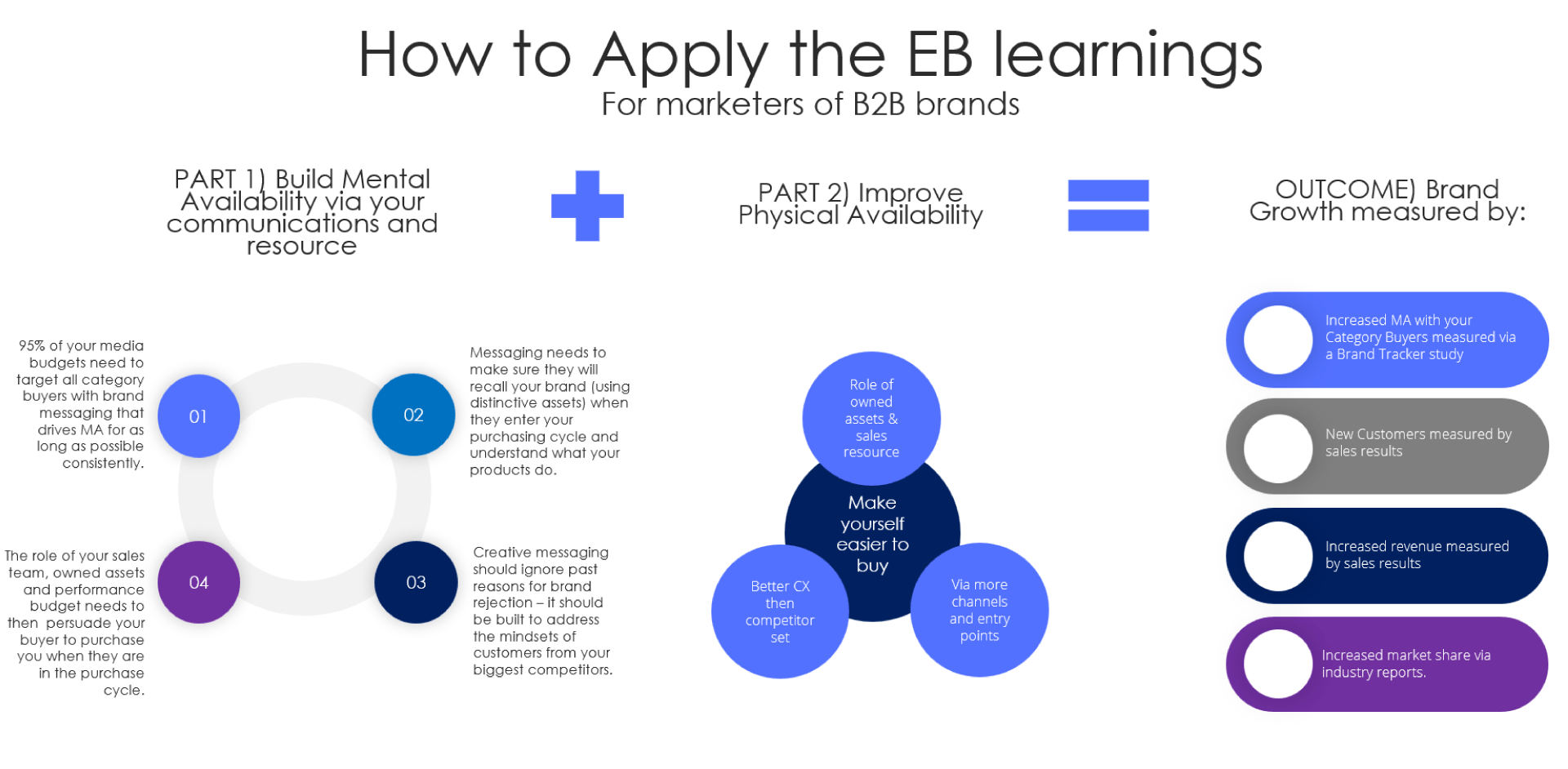
Key considerations for media publishers
01 – Most Media Publishers are first B2C companies
There has always been a belief in our industry that buyers prefer media placement around media that they enjoy consuming. The immediate example that comes to mind is the disappointing share that talkback radio receives vs their total audience reach achieved or sponsorships that occur with sporting teams that just happens to be the bosses team!
The idea of building Mental Availability with your B2B customers is hugely important because you want to make sure you are top of mind when a customer is building a comms strategy/plan or writing a brief.
To finally do business with a customer, the marketing team and agency has to sell your products into their superiors – they are going to do this more often if they are very familiar with your products.
If you identify that your media products are not ones that are frequently consumed by your B2B customers then you should apply a marketing strategy that is consistently raising MA of your products and the role they can play for their market mix communication plans.
02 – Most media buyers are from media agencies
We believe there is an issue with the 95/5 rule for Media Publishers B2B plans – This is because the majority of your revenue comes from media agencies.
Marketers and/ or Direct clients might only be 5% of the time in market for your media products but agencies are different. A lot of the time they work on multiple brands/ clients and their job specialises in media planning and buying.
While it is important your B2B marketing trade brand budgets/ strategies address the mental availability of your customers. The investment in your sales resource and go–to –market initiatives should go the extra step to persuade/educate these agency customers so they are referencing your brand/ products over your competition.
I don’t believe the EB institute would challenge this thought as it’s built from a customer centric POV and you could argue it’s actually building a higher MA with this segment of your buyers whose job it is to be very knowledgeable.
03 – Don’t just focus on competition within your media channel.
A lot of media companies become obsessed with competition that’s within it’s channel – e.g. Radio, Out of home etc.
Growth however might be better achieved by targeting other media channels that you could play similar communication roles in a customers media mix.
With digital revenue now ticking over the 60% share, there is huge opportunity in traditional media companies targeting spend that occurs here.
If you think about the EB laws for both B2C and B2B brands they are recommending higher investment in brand over performance. This presents an opportunity for a number of media companies.
While it always important to have one eye on the competition within your channel, it is also worth having your second eye on competition in other media channels.
04 – Being easier to buy is a key ingredient for your future growth
The media companies (Google, Facebook etc) that have grown the most over the last decade have had one secret ingredient – they built technology platforms where their customers could access them direct and easily plan their media campaigns.
This way of transaction is customer centric, easy to transact and more profitable for media companies as it is achieved with minimal resource.
It’s also examples in our industry of how ‘Physical Availability’ has been executed and achieved growth.
If you're not thinking about how technology and automation can improve your customer experience of planning and transacting in the future then we’d recommend that you do.
If you can achieve this by creating a CX that is best in market (by being customer centric) then you will build preference and growth.
